People, Pandemics & the Place of Performance
OVERVIEW
Designing a place for performance locates us at the intersection of all that the pandemic has had a severely adverse impact on. The necessity for integrating theater & performance spaces with communities is amalgamated in this studio with the present day need for an inherently eclectic & sustainable adaptive reuse design approach.
Through the interface of the built environment, against the backdrop of the pandemic, the studio unit negotiates the individual and the community’s aspirations for congregation and narratives.
The studio processes will seek to address the following three questions:
• How has the pandemic impacted us?
• What now are the connotations of individual & solitude, community & congregation and embodiment & narratives?
• How can spatial design – ranging from furniture, to spaces, to the built environment – mediate and mitigate the impact of pandemics?
Problem Statement
This studio unit will focus on the adaptive reuse of a hypothetical site for theater, performance & performing arts to inquire into the prospects and restrictions brought about by the pandemic on the individual & community and theater & spatial design.
METHOD & MEDIUMS
In response to their unique abstract sites, students will choose their own project type from the three categories of the street, the pavilion, the courtyard, and a mobile unit, or a combination of these, to develop the program and spatial design for a place for performance.
Students will learn to develop a program in consultation with performing artists/ entrepreneurs, translate it into a spatial organization and integrate spatial design with its natural & built environments.
To explore and affect processual diversity, collage, writing, conversations, visual concept maps, reflective blogs and theater will be widely used in the design method, in addition to visual & spatial representation.
Structure
The studio unit is comprised of the three modules, each dedicated o the understanding and development of Context, Program & Design sequentially.
MODULE-1; 4 WEEKS:CONTEXT
Understanding Context
Introduction to the larger cultural and historical context through Dr. Rustom Bharucha’s 9 episode speech act
Delineating and Studying the Site
Identifying the interstices for intervention between an indifferent domino and ornate historical edifices
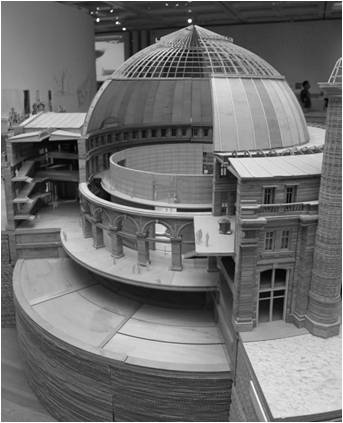
tadao ando’s bourse de commerce, paris 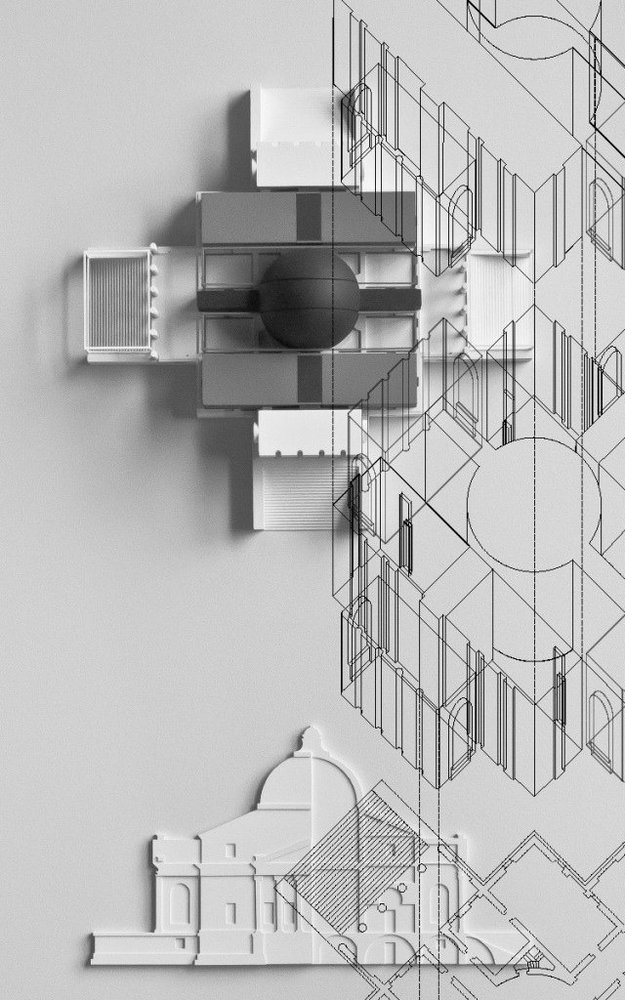
palladio’s Villa Rotunda 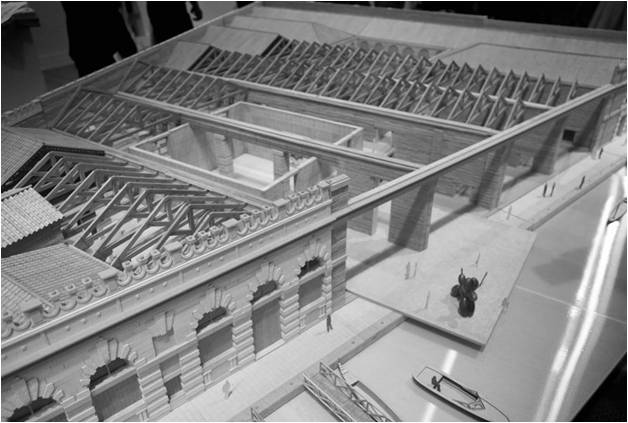
tadao ando’s punta della dogana, venice
MODULE-2; 4 WEEKS: PROGRAM
Case Study Analyses
Historical & Contemporary and Global & Local examples of Places of Performance
Program Development
Consultations with practicing performing artists and entrepreneurs
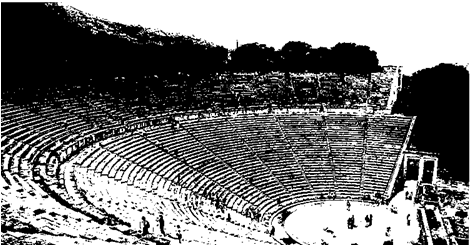
The Open-Air Amphitheater 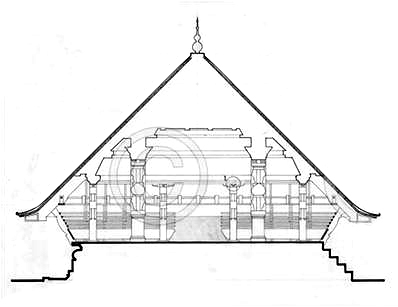
The Semi-Open Koothambalam 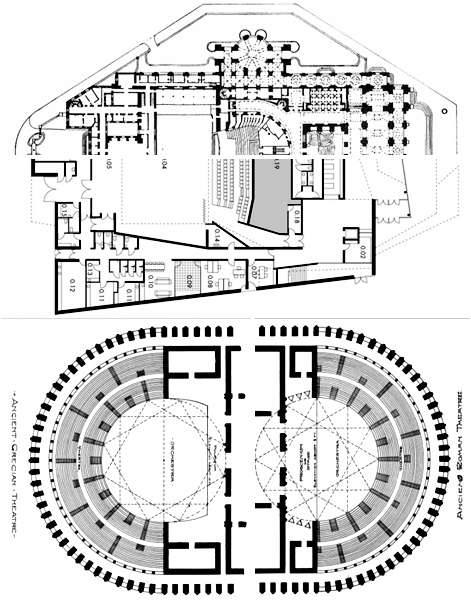
Development of the place of Performance from Open Structures to Enclosed Buildings 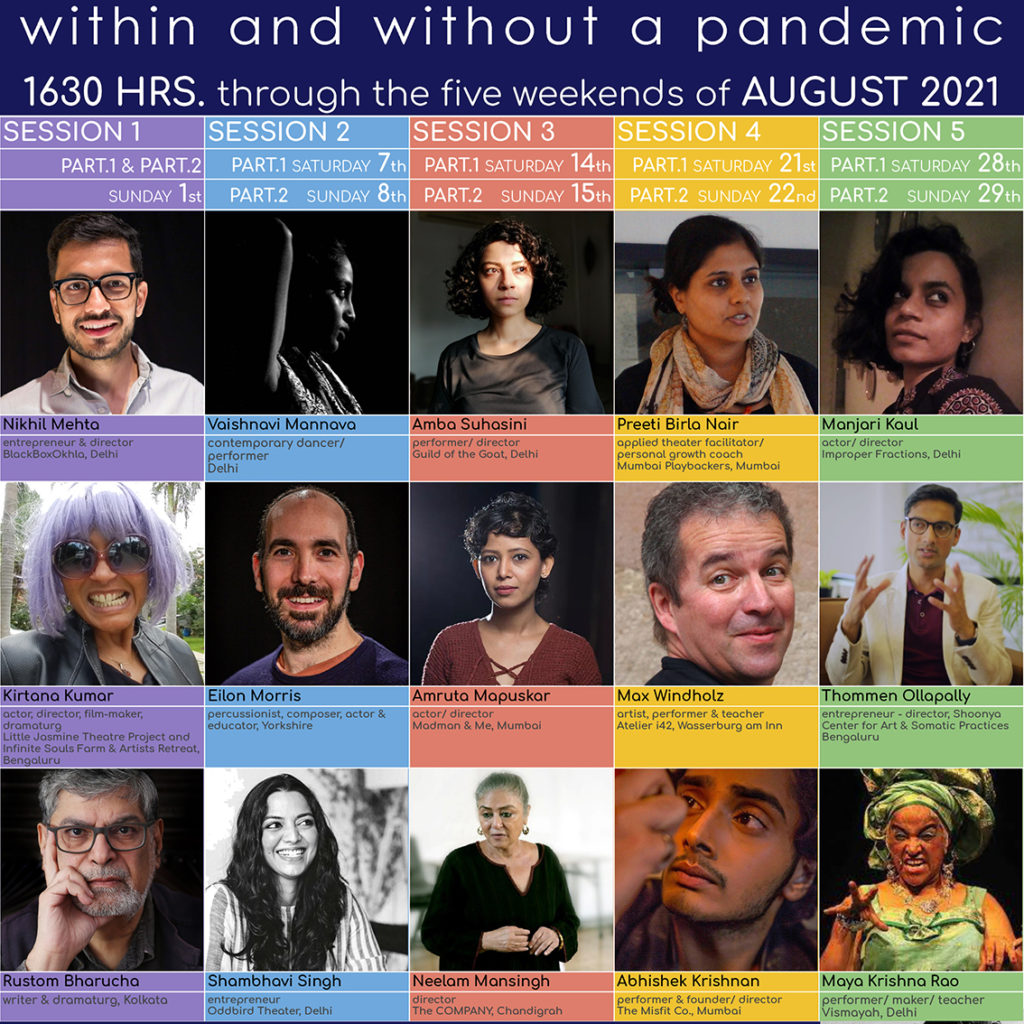
MODULE-3; 8 WEEKS: DESIGN
Beginning
Conceptual Schematic & Volumetric Explorations
Identity
Primary Theme & Elements
Articulation
Design Development & Detailing
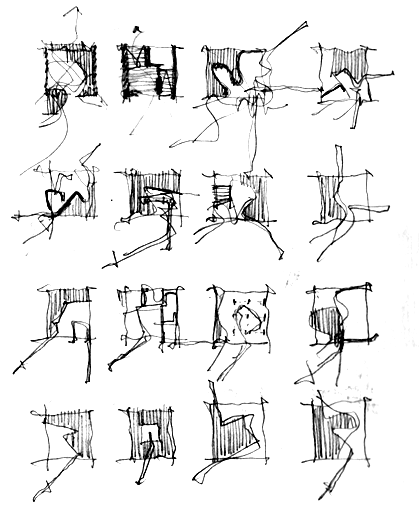
diagrams 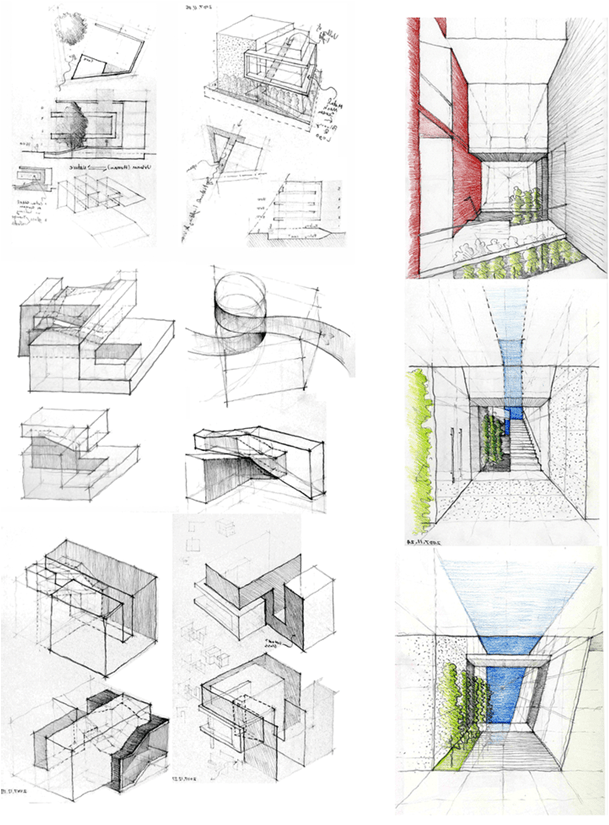
conceptual sketches of forms & spaces 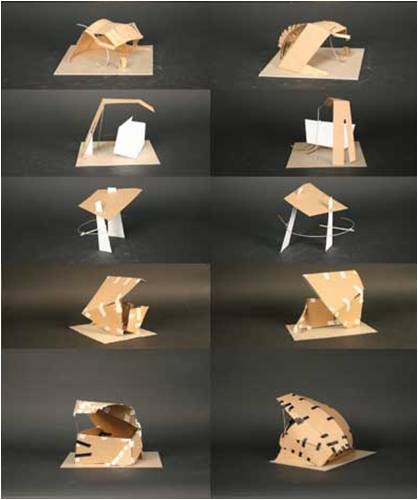
finding the generative element(s) 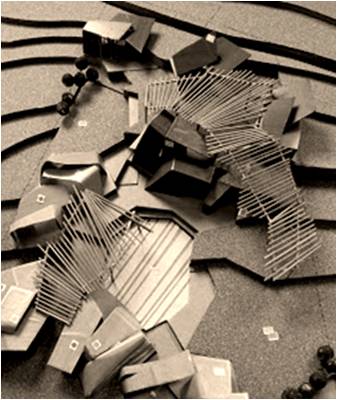
siting, massing & articulation 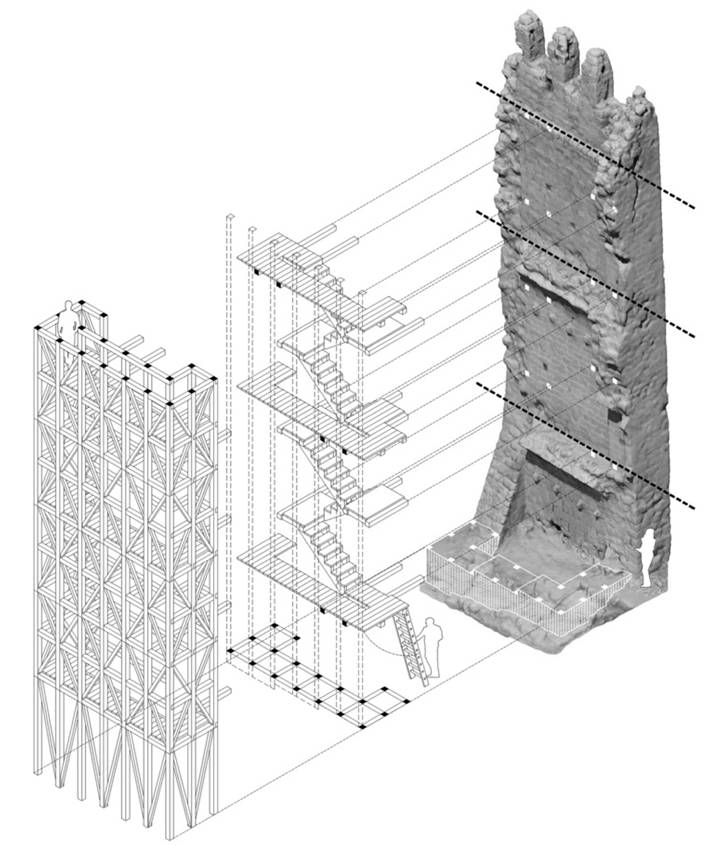
constructional details
Supplemented by inputs from guest tutors, external resources and/ or workshops, the modules are comprised of briefs which set out tasks with clear instructions, parameters, schedule, deliverables and assessment criteria. There will be a peer review and a unit (tutor) review every alternate week, and each will be as important as the other.
Theatrical workshops will explore embodied narratives and relationship to spaces. The Studio ends in the 16th week with presentations & reflective conversations with guest reviewers.
REFERENCE LIST
- Theatre and the Coronavirus
Dr. Rustom Bharucha - Conversations @ The Vessel; Vol. 1, 2 & 3
Siddharth Singh ed. - Beyond Proscenium
Anmol Vellani ed. - Space for Engagement: The Indian Artplace
Himanshu Burte - Atmospheres
Peter Zumthor - Poetics of Space
Gaston Bachelard - Body Memory and Architecture
Kent C Bloomer & Charles W. Moore - A Pattern Language
Christopher Alexander - In Praise of Shadows
Junichiro Tanizaki
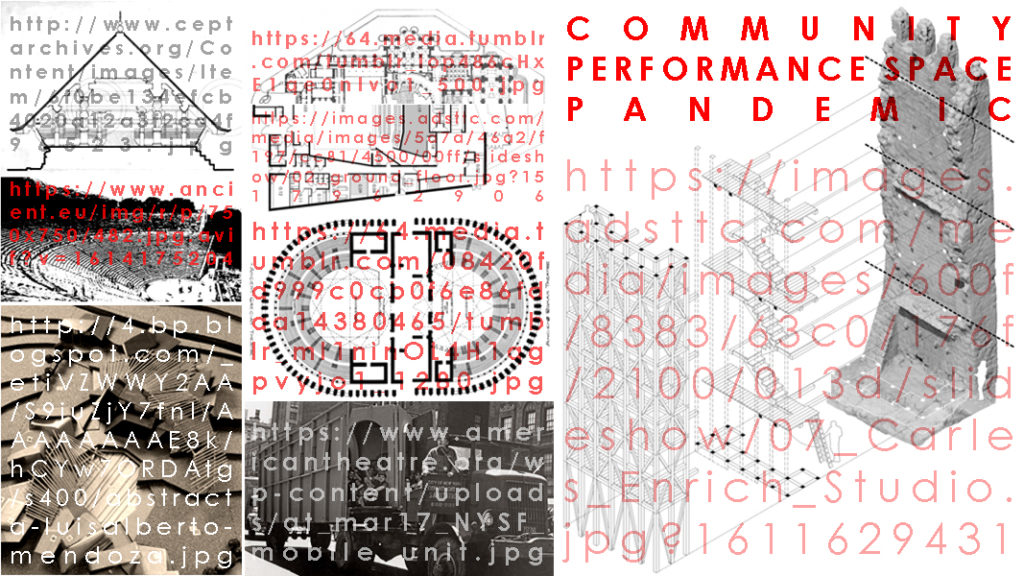

 malkum
malkum